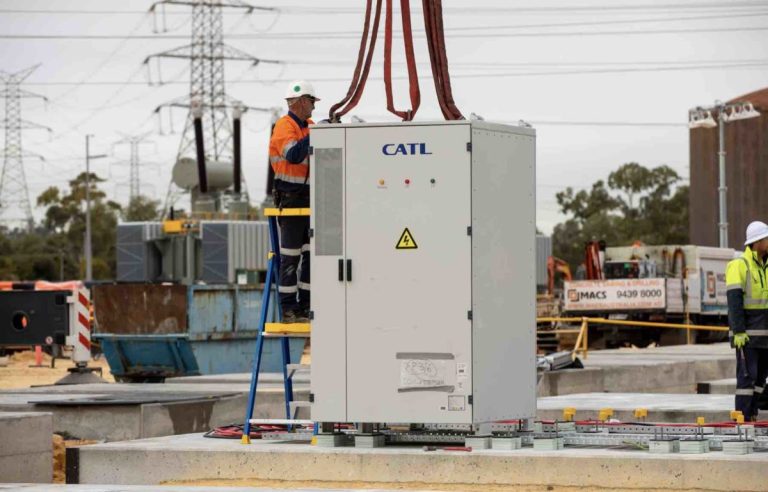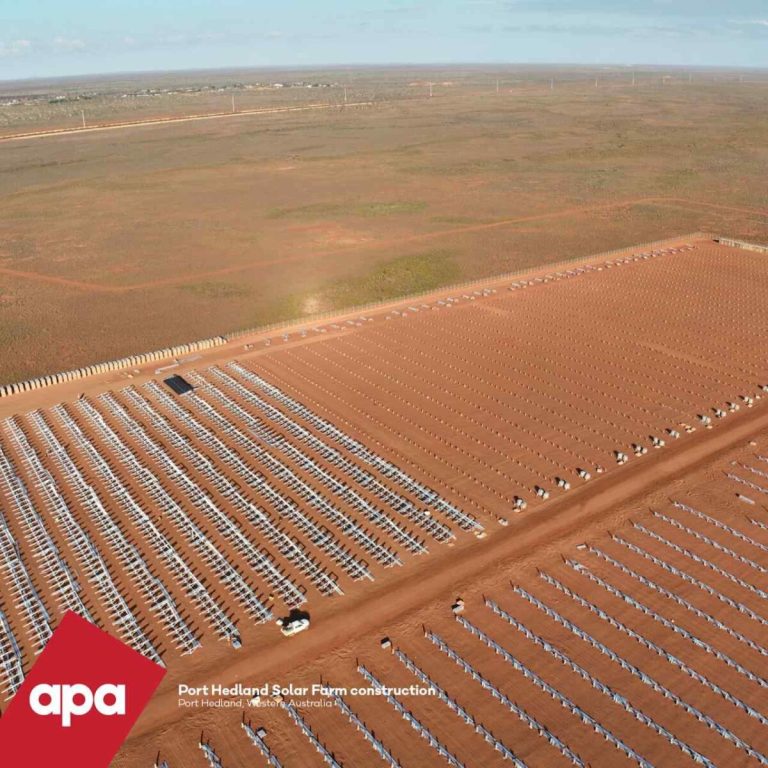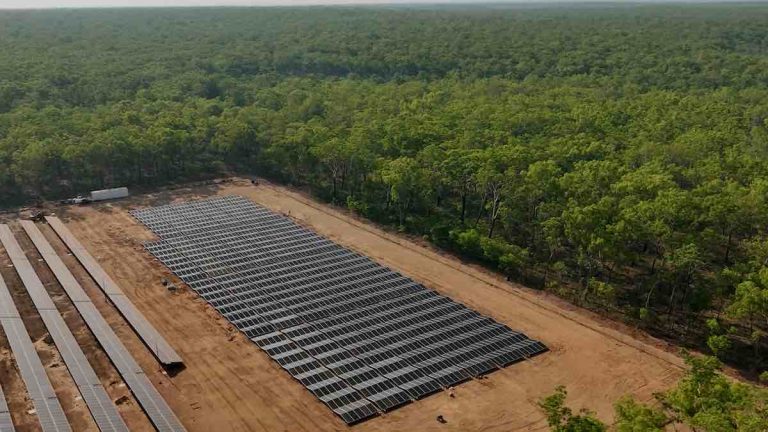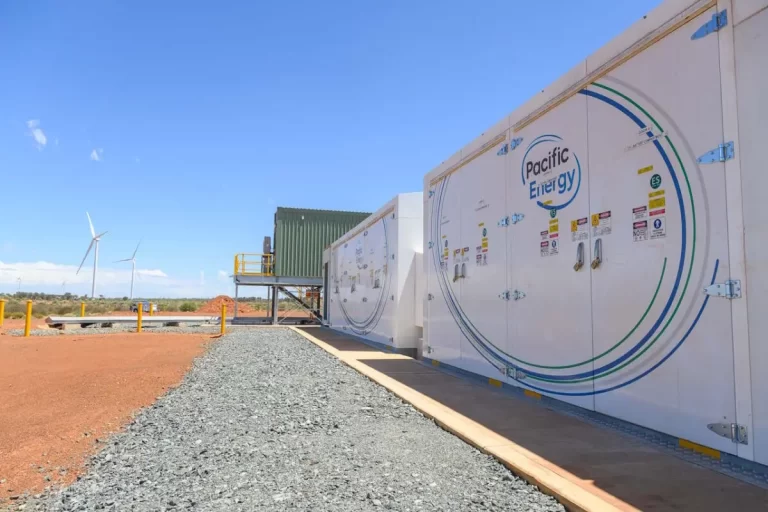Empowering Consumers with Solar and Batteries for Price Control
Consumer dissatisfaction with energy tariffs and pricing has put pressure on energy executives, prompting them to shift their focus towards households and their energy devices as key players in reducing costs. Damien Nicks, AGL’s chief, emphasised the importance of coordinating rooftop solar, home batteries, and electric vehicles, along with addressing Australia’s complex regulatory landscape, to lower prices.
Nicks highlighted the significance of Consumer Energy Resources (CER) in driving down prices and ensuring consumers benefit from the energy transition. He stressed the need for effective integration of CER through initiatives like virtual power plants to cut costs for customers.
Empowering Consumers Through Home Batteries and Grid Connectivity
EnergyAustralia’s chief, Mark Collette, echoed Nicks’ sentiments, underlining the necessity of connecting home batteries to the grid. He warned of potential cost increases from network expansions if consumers do not allow grid control over their energy devices. Collette emphasised the importance of every battery contributing to the grid to minimise infrastructure development.
Regulatory Reforms and Consumer Protection
The concerns raised by Nicks and Collette follow widespread consumer outrage over escalating electricity rates imposed by energy retailers. Federal energy minister Chris Bowen acknowledged the failure of current regulations to shield consumers from being overcharged. He proposed adjustments to the Default Market Offer to stimulate competition in the market.
Nicks reassured that AGL aims to maintain customer tariffs post smart meter installations, avoiding sudden increases to align with default market rates. He criticised demand tariffs for penalising peak energy usage and advocated for cost-reflective tariffs like Time of Use to incentivise energy consumption during off-peak hours.
Driving Electrification and Grid Integration
Nicks stressed the importance of advancing household electrification and integrating devices into coordinated systems such as virtual power plants. This approach could save billions in large-scale battery storage costs by 2050 and enhance the efficiency of energy systems.
Collette illustrated how smart meters could optimise energy usage by briefly adjusting appliances like ovens to manage peak demand, thus reducing the need for costly grid upgrades. Both AGL and EnergyAustralia are investing in initiatives to support renewables, enhance grid stability, and reduce electricity prices.
Challenges and Opportunities in the Energy Sector
While the focus remains on leveraging consumer energy resources to drive down prices, the executives highlighted the need for social acceptance and consumer-centric approaches. VPPs have faced resistance due to a lack of consumer prioritisation, eroding the social licence for retailers to control home devices.
Collette believes that utilising rooftop solar and batteries could significantly lower wholesale power prices, presenting an opportunity for Australia to compete globally in energy costs. Retailers are poised to assist households in navigating energy orchestration and regulatory challenges, unlocking the value of Consumer Energy Resources.
If you wish to support independent media and access accurate information, consider contributing to Renew Economy to sustain quality journalism.






